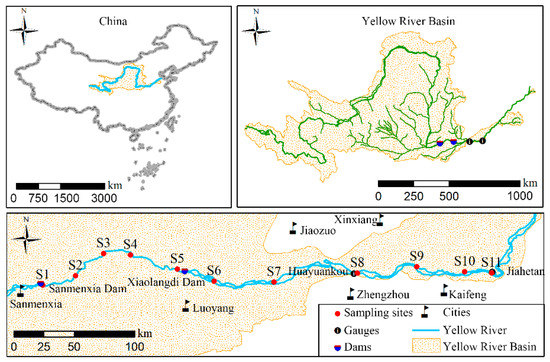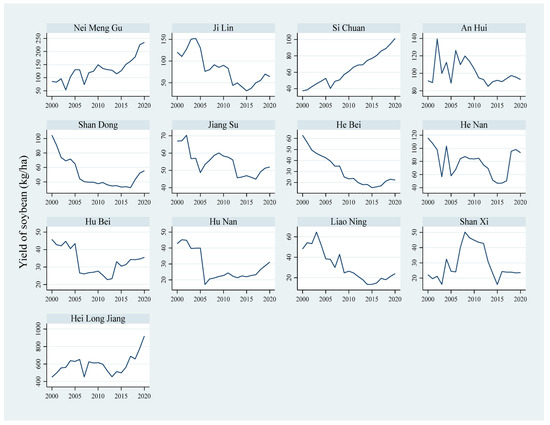1
Key Laboratory of Eco-Geochemistry, Ministry of Natural Resources of China, National Research Center for Geo-Analysis (NRCGA), Beijing 100037, China
2
Qingdao Junray Intelligent Instrument Co., Ltd., Qingdao 266109, China
3
Health Care Security Administration of Shizhong District, Zaozhuang 277000, China
Int. J. Environ. Res. Public Health 2022, 19(9), 5722; https://doi.org/10.3390/ijerph19095722 - 8 May 2022
Cited by 12 | Viewed by 3761
Abstract
Perfluoroalkyl substances (PFASs) in rivers; drinking water sources (reservoirs and groundwater); and various types of drinking waters (tap waters, barreled pure waters, and bottled mineral waters) in Qingdao, Eastern China were quantified by high-performance liquid chromatography tandem mass spectrometry (HPLC-MS/MS). The total concentrations
[...] Read more.
Perfluoroalkyl substances (PFASs) in rivers; drinking water sources (reservoirs and groundwater); and various types of drinking waters (tap waters, barreled pure waters, and bottled mineral waters) in Qingdao, Eastern China were quantified by high-performance liquid chromatography tandem mass spectrometry (HPLC-MS/MS). The total concentrations of PFASs (ΣPFASs) in the river waters ranged from 28.3 to 292.2 ng/L, averaging 108 ± 70.7 ng/L. PFBS was the most abundant compound, with a maximum concentration of 256.8 ng/L, followed by PFOA (maximum concentration: 72.4 ng/L) and PFBA (maximum concentration: 41.6 ng/L). High levels of PFASs were found in rivers in the suburban and rural areas. The estimated annual mass loading of the total PFASs to Jiaozhou Bay (JZB) was 5.9 tons. The PFASs in the drinking water reservoirs were relatively low. The ΣPFASs in the tap water ranged from 20.5 ng/L to 29.9 ng/L. Differences in the PFAS levels and composition profiles were found among barreled water at different market sites and for different brands of mineral water products. The sequence of the contamination levels of the waters related to drinking water was reservoir water > tap water > barrel water > groundwater > bottled mineral water. The PFASs in drinking water may not pose a serious risk to the drinking water consumers of Qingdao City.
Full article
(This article belongs to the Special Issue Water Pollution: Human Health and Ecological Risks)
▼
Show Figures











